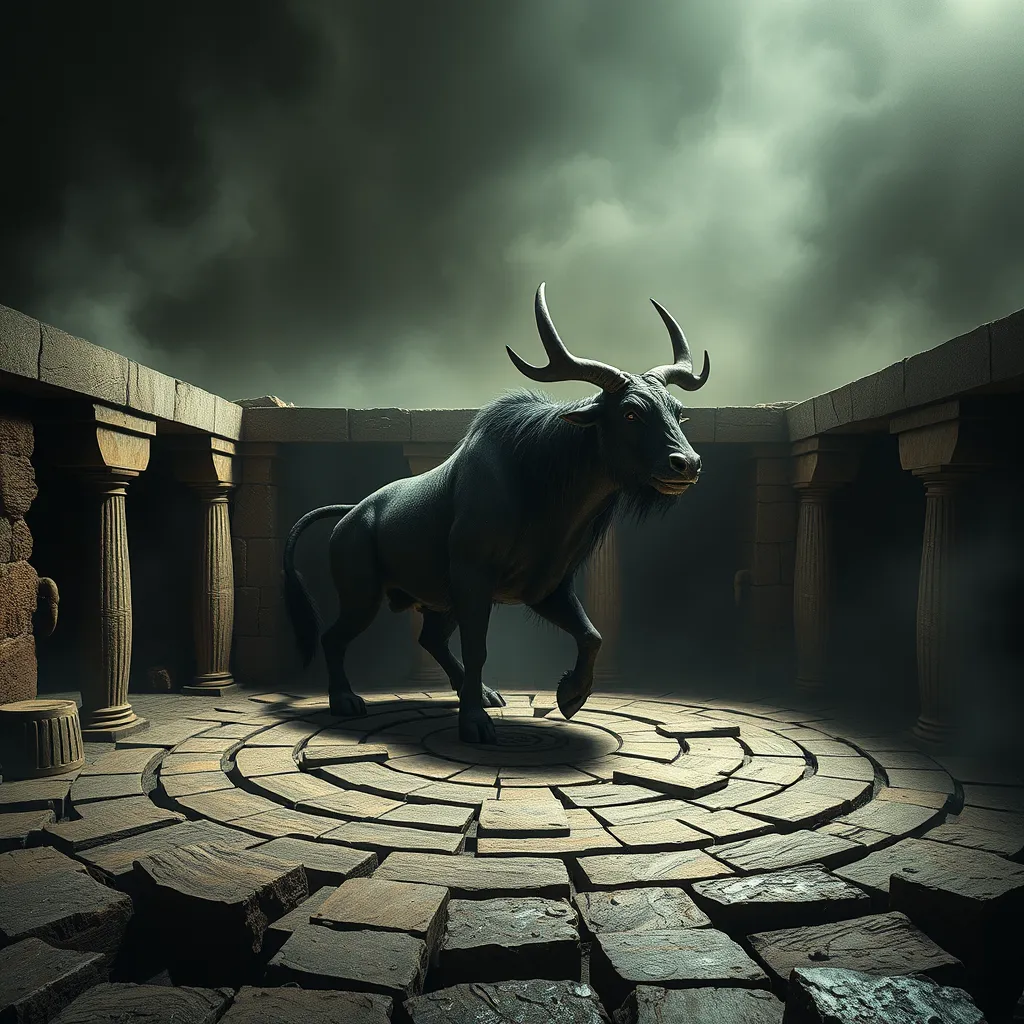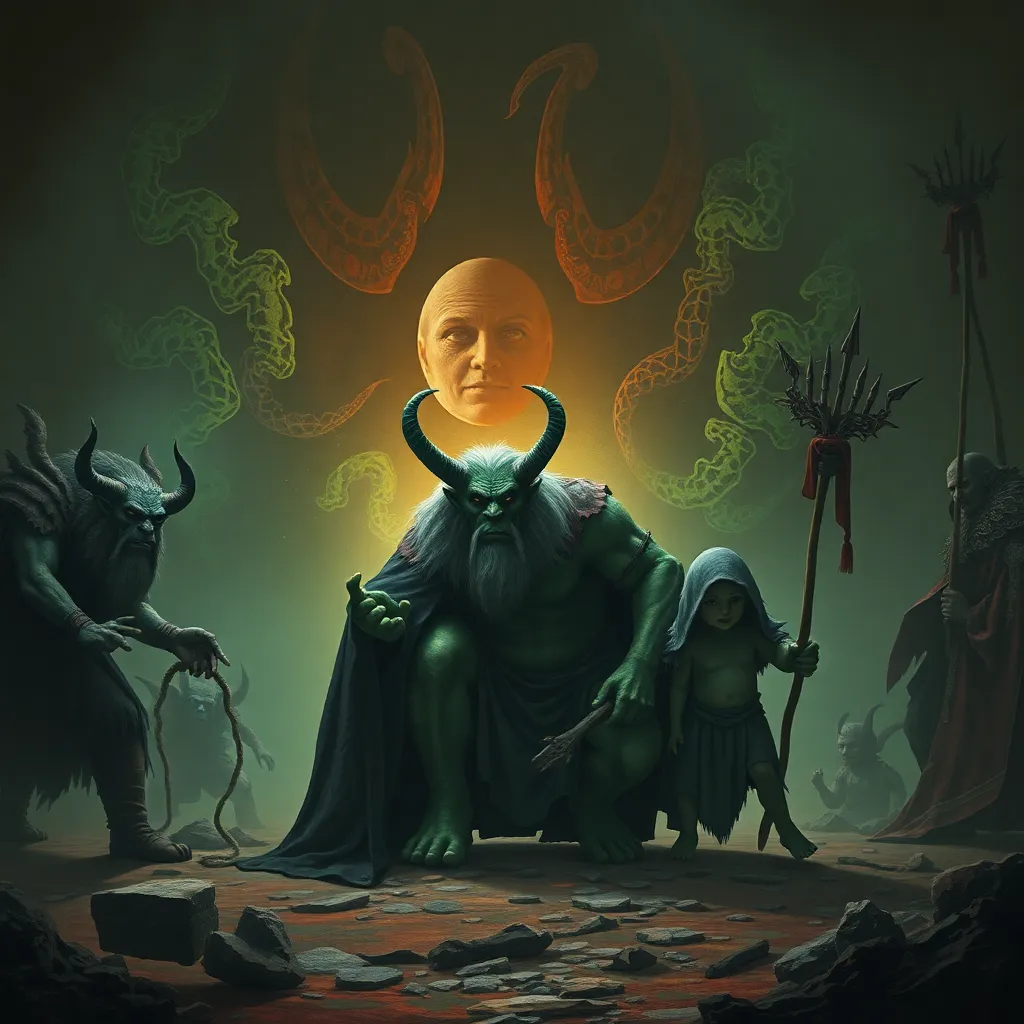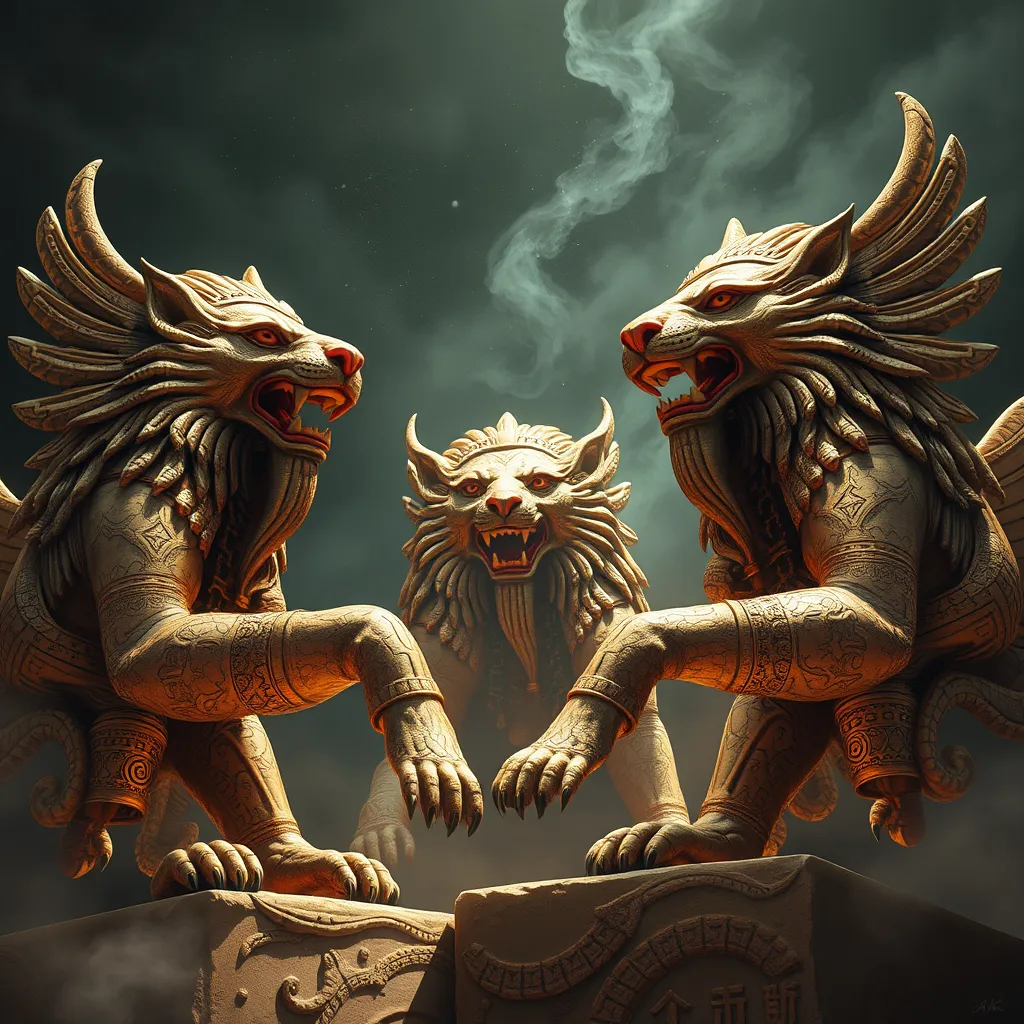The Labyrinth of Lies: Unraveling the Minotaur Myth in Greek Literature
I. Introduction: The Enduring Allure of the Minotaur Myth
The Minotaur myth is one of the most fascinating and enduring legends of ancient Greek literature, weaving together themes of heroism, monstrosity, and the complexities of human nature. The story of the Minotaur—a creature that is half-man and half-bull—encapsulates the struggle between civilization and savagery, as well as the pursuit of truth amid deception. This article aims to explore the rich tapestry of the Minotaur myth, examining its origins, themes, and cultural impact over the centuries.
II. The Origins of the Minotaur Myth
The myth of the Minotaur is rooted in the historical and cultural context of ancient Greece. Central to the narrative are key figures such as:
- King Minos: Ruler of Crete, who commissioned the construction of the Labyrinth.
- Queen Pasiphaë: Minos’s wife, cursed to fall in love with a bull, leading to the birth of the Minotaur.
- The Minotaur: A monstrous creature symbolizing the chaos and brutality inherent in nature.
Early literary references can be found in the works of Hesiod and Homer, where the myth serves as both a cautionary tale and a reflection of the societal values of the time.
III. The Labyrinth: Symbolism and Interpretation
The Labyrinth itself is a powerful symbol within the myth, representing complexity and entrapment. It serves as a physical manifestation of the struggle individuals face when confronting their fears and the unknown. In various literary works, the Labyrinth has been interpreted in multiple ways:
- As a metaphor for life’s challenges, suggesting that the journey through complexity is necessary for personal growth.
- As a representation of psychological entrapment, where characters face their internal demons.
Psychologically, the Labyrinth motif invites readers to explore the deeper implications of human experience, where the quest for meaning often leads to moments of confusion and revelation.
IV. The Minotaur: A Dual Nature
The Minotaur embodies a dual nature that elicits both fear and sympathy. On one hand, the Minotaur is seen as a monster, a creature of terror that invokes feelings of aggression and dread. On the other hand, the Minotaur can also be viewed as a tragic figure, representing themes of isolation and identity:
- Fear and Aggression: The Minotaur’s monstrous form symbolizes the darker aspects of humanity.
- Isolation and Identity: As a being born of unnatural circumstances, the Minotaur grapples with its own existence and place in the world.
Modern interpretations of the Minotaur often emphasize this tragic aspect, exploring how societal rejection and the search for acceptance resonate with contemporary audiences.
V. Heroism and Sacrifice: Theseus as a Central Figure
At the heart of the Minotaur myth is the hero Theseus, whose journey to slay the Minotaur encapsulates the archetypal hero’s quest. Theseus’s narrative involves:
- The Hero’s Journey: His quest reflects the struggles and growth that come with facing formidable challenges.
- The Role of Ariadne: The character of Ariadne represents love, betrayal, and assistance, as she provides Theseus with the means to navigate the Labyrinth and confront the Minotaur.
This exploration of heroism within the context of Greek values showcases the balance between bravery and sacrifice, highlighting how Theseus embodies the ideals of courage and resilience.
VI. Cultural Reflections and Adaptations
The Minotaur myth has transcended its ancient origins, influencing a variety of cultural reflections and adaptations throughout history. Its presence can be seen in:
- Roman Literature: The myth was reinterpreted by Roman authors, often emphasizing themes of power and morality.
- Modern Adaptations: In literature, film, and art, the Minotaur continues to inspire works that explore identity, monstrosity, and the human condition.
The myth’s influence is evident in contemporary discussions surrounding themes of alienation and the nature of evil, making it a relevant subject in modern discourse.
VII. Thematic Explorations: Truth, Deception, and Reality
One of the most compelling aspects of the Minotaur myth is its exploration of truth and deception. The Labyrinth serves as a metaphor for the search for truth, where:
- The journey through the Labyrinth represents the complexities of discerning reality from illusion.
- The characters often engage in deception, leading to questions about who deceives whom within the narrative.
These themes resonate with readers and audiences, prompting reflection on the nature of truth in their own lives and the world around them.
VIII. Conclusion: The Legacy of the Minotaur Myth
In conclusion, the Minotaur myth offers a rich and multifaceted exploration of human experience, encapsulating themes of heroism, identity, and the labyrinthine nature of truth. Through this examination, we gain insights into the enduring relevance of the myth in modern discourse, as it continues to inspire and provoke thought. The Minotaur serves as a reminder of the complexities we face in our own lives, where the journey through our personal labyrinths often leads us to profound revelations about ourselves and our world.



